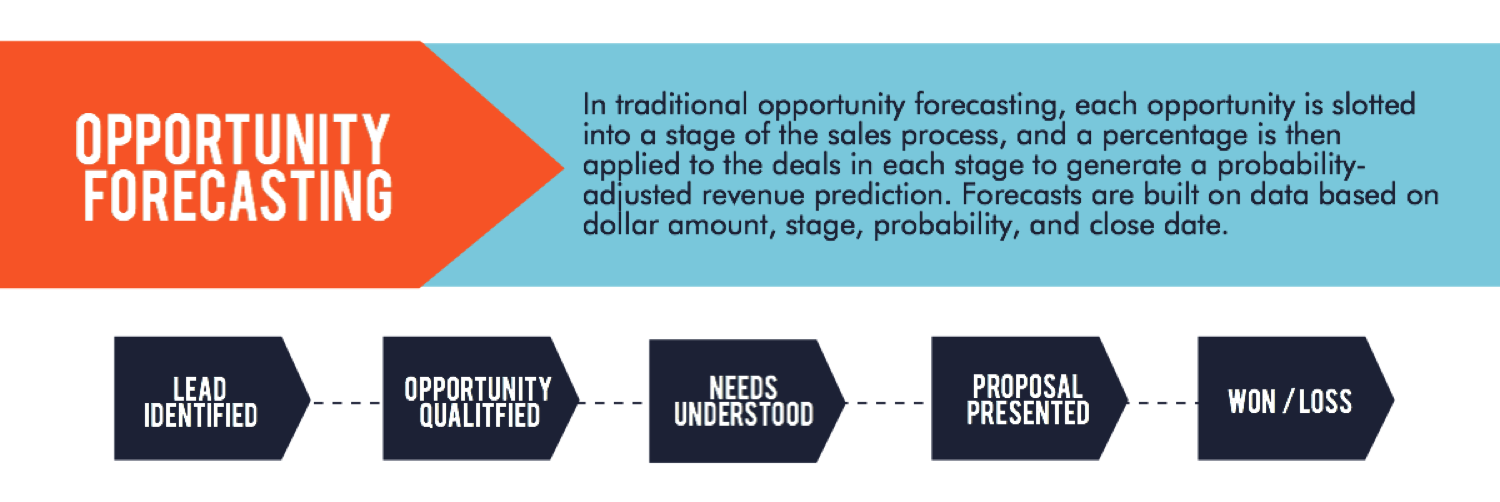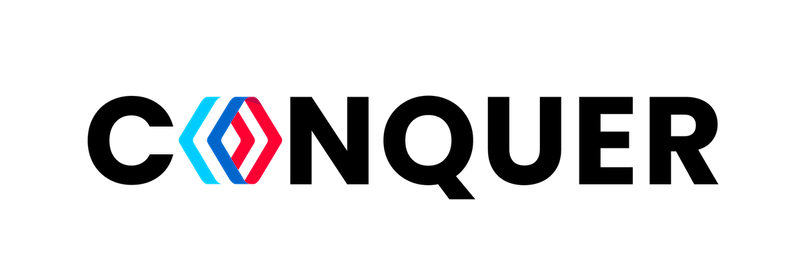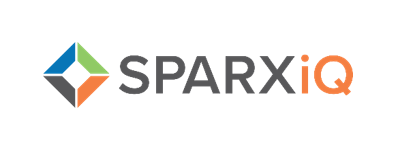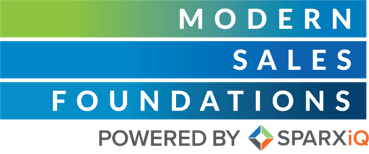Sales forecasting is fairly consistent across organizations around the globe. The standard forecasting process usually begins with lead identification. The lead is then qualified and an attempt is made to understand the prospect’s needs. A proposal is presented to the prospect to address the needs, and the sale is usually either won or lost shortly thereafter.

This opportunity? forecasting model is so popular, in fact, that a global survey of 62 business-to-business sales forces conducted by Vantage Point Performance and the Sales Management Association found that 85% of sales forces use an opportunity forecasting? model. Although opportunity forecasting is the most widely used sales forecasting model, it is not the only model. The opportunity model is often appropriate for companies that have a long, multi-stage sales process, but what about sales that don’t fit this format? Below are three alternative sales forecasting models that may be a better fit for how your organization actually sells.
Account Forecasting
If you have highly concentrated revenue from accounts that each produce a high volume of transactions, you may find it overwhelming to track each individual deal using an opportunity forecasting model. A more manageable method is to forecast at the account level. In other words, you can track the overall volume of business coming from the account instead of each individual deal. This allows you to identify trends that may foretell future sales results. For instance: is the volume of business growing or shrinking? Are there changes in the account that will increase or decrease demand for your products? By looking at an account in sum, you avoid getting buried by tracking a wave of individual deals.
Territory Forecasting
For companies that have hundreds or thousands of accounts, tracking each stage of every deal is also an unmanageable task. No to mention, the accuracy of anecdotal forecasts decreases when you have a high number of small accounts because the seller must make an immeasurable number of guesses. In this case, it may make more sense to create a forecast for the territory in aggregate. This will allow you to track whether territory sales are trending up or down. You can determine if the average spend per customer is increasing or decreasing. Forecasting at a higher level in this case makes more sense than chasing discrete opportunities.
Call Forecasting
Many salespeople can close a deal in a single customer interaction, which means there is no multi-stage process to execute. What matters most is the outcome of each individual sales call. In this case, you can forecast based on the sales call itself. How many calls will a seller make? What is the expected revenue from each call? By examining the sales call rather than the opportunity,? forecasting can again be made simpler and more accurate.
So if your sales force engages in long, complex sales cycles, then you re probably set with an opportunity forecasting model. But if not, you can become VERY frustrated trying to use a forecasting framework that doesn’t reflect the reality of how your organization actually sells. In that case, save yourself some time, frustration, and inaccuracy by choosing one of the other three frameworks listed above. You and your forecast will be happier for it.
[1] Based on a survey of 62 B2B companies, 39% of which have revenue greater than $1 billion and 37% of which have revenue greater than $250 million.
About the Author
Jason Jordan is a founding partner of Vantage Point Performance, the leading sales management training and development firm, and co-author of Cracking the Sales Management Code. Jordan is a recognized thought leader in the domain of business-to-business sales and teaches sales and sales management at the University of Virginia’s Darden Graduate School of Business. For more information, visit www.vantagepointperformance.com.









